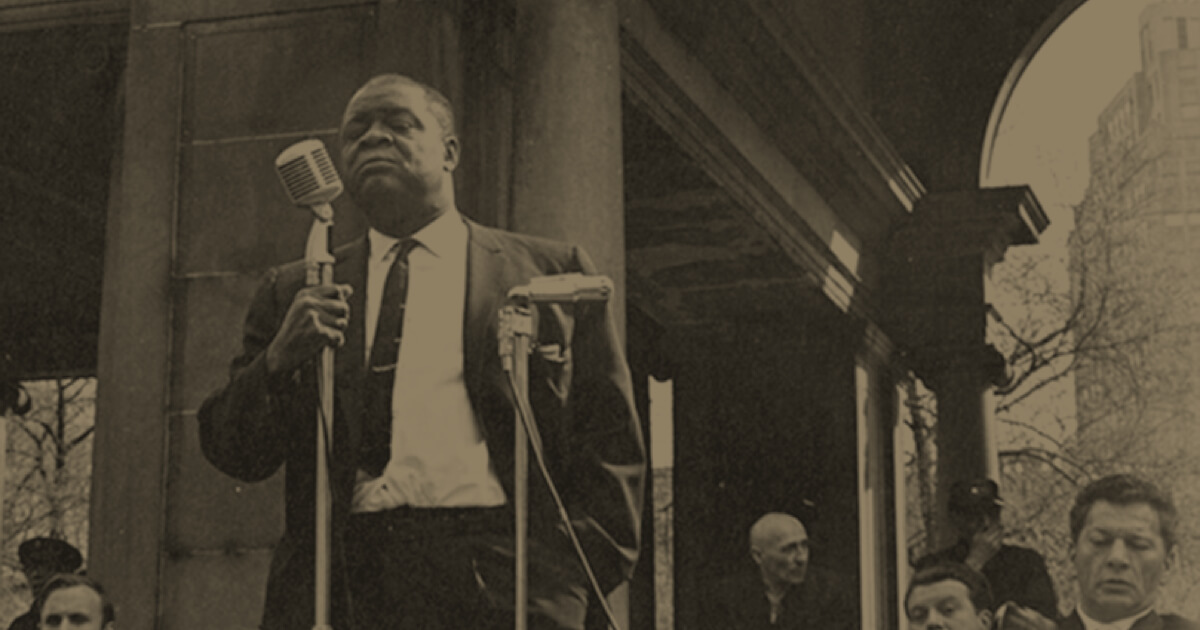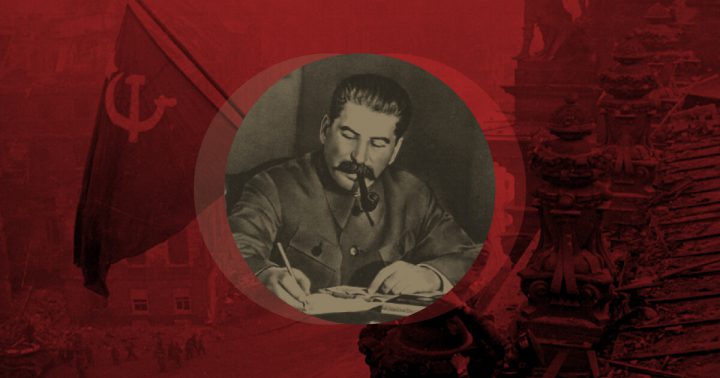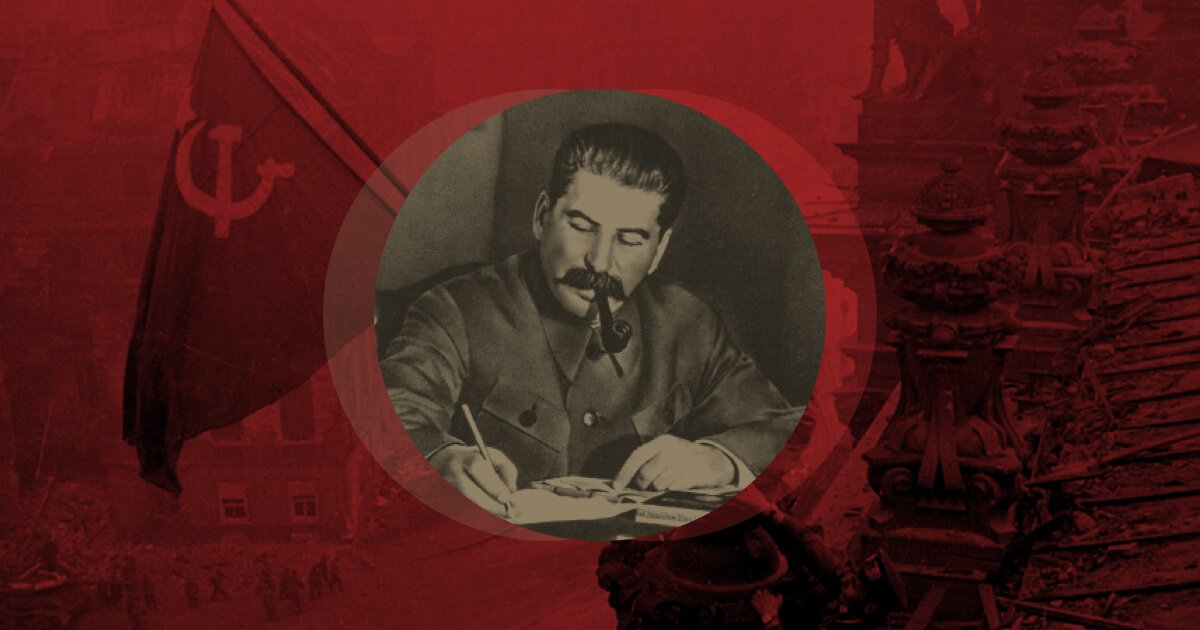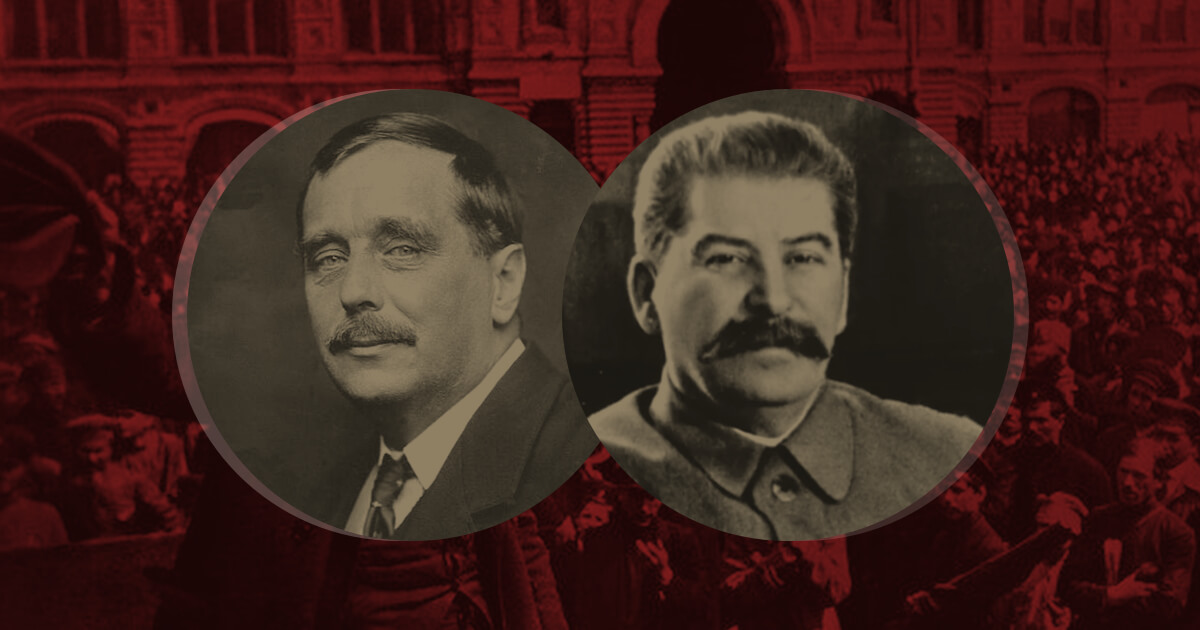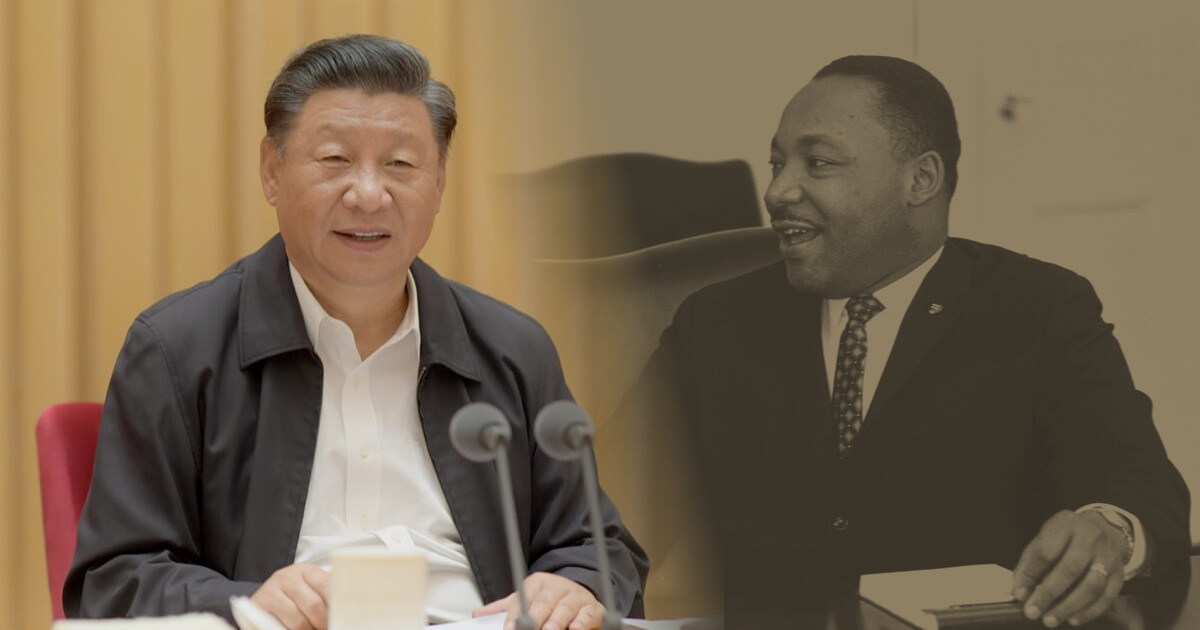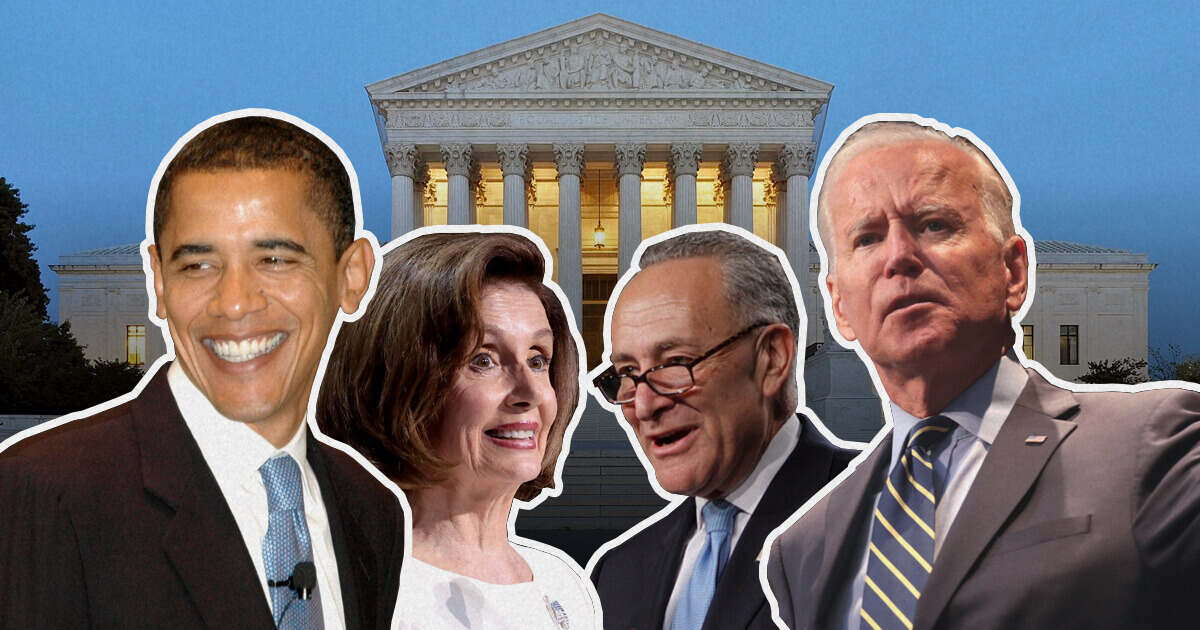As part of the ruling class efforts to divert the radicalization process, the mass media have popularized the caricature of Marxism-Leninism, appearing in the writings of Mao, Trotsky, Marcuse, Debray, Cleaver, Newton, Tom Hayden, Stokely Carmichael, Rennie Davis and others. At the same time, they have promoted a “revolutionary” image for many of the new radicals.
These Black and white radicals, including Cleaver and Newton, dismissed what they called “orthodox” Marxism. Taking a different direction from King, they disdained the working class and glorified the super-”revolutionary” tactics of confrontation by an anarchistic elite. In this way, ultra-“revolutionaries” helped create an atmosphere in which the racist monopolists could falsely portray violence as coming from the Left—and cover up the fact that they themselves are the source of it.
The pseudo-militancy of Newton, Cleaver and Hilliard made their own party and its supporters particularly vulnerable to nation-wide genocidal assaults and frameups. And this, their super-revolutionism made the movements for Black liberation and against war and poverty more vulnerable to mounting repressive attacks.
It is apparent that neither Newton nor Cleaver have ever based their tactics on the working class and its revolutionary Science, Marxism-Leninism. At the present moment, while Cleaver’s opportunism continues along an ultra-Leftist course and Newton’s has taken a Right opportunist form (although he attempts to maintain a Leftist image), both base their policies on the lumpenproletariat.
In order to give some semblance of credibility to the “revolutionary” role they assign the lumpen elements, Newton and Cleaver would have us believe that the Black unemployed, those on welfare, and high school dropouts are all part of the lumpenproletariat. This is an insult to Black men, women and youth. People are not lumpen simply because they are denied jobs, and when Newton and Cleaver make such claims they sound like Black Moynihans.

Henry Winston speaks in East-Berlin, 1963
Today, in the citadel of imperialism in the era of its decline, there is a massive increase in the army of the unemployed. Alongside this, the number of lumpen elements also increases. However, these groups do not merge: each has its distinct characteristics. As Marx wrote in The Class Struggles in France, the lumpenproletariat “forms a mass sharply differentiated from the industrial proletariat.”
Specifically the lumpen elements are those so demoralized by the system that they are not only jobless, but that to them a job is unthinkable. It is their declassed parasitical status and outlook that sharply distinguish them from the great mass of the unemployed, who are searching for and demanding jobs and the opportunity for a decent life. That is why, in addition to making the distinction that Marx emphasized, it is now even more necessary than in Marx’s time to clearly distinguish between the lumpenproletariat and the great mass of unemployed, which includes so many youth (particularly Black and Brown) who have never been regularly employed. The following statistics from the sixties foreshadow the vastly greater number of youth who will be forced into this position in the seventies:
It is reported that there are now 50 per cent fewer unskilled and semi-skilled jobs than there are high school dropouts. Almost one-third of the 26 million young people entering the labor market in the sixties will be dropouts. But the percentage of the Negro dropouts nationally is 57 per cent, and in New York City, among Negroes 25 years of age or over it is 68 per cent. They are without a future.” (Louis A. Ferman, Joyce L. Kornbluh, and Alan Haber, eds., Poverty in America. University of Michigan press, Ann Arbor, 1968, p. 622.)
However it is quite evident that the ruling class is not counting on the prediction that the unemployed will passively accept the idea that “they are without a future.” Today, the monopolists fear the fact that the struggles of the unemployed, together with the rank-and-file struggles within the unions, will lay the basis for a new upsurge of the working class and the Black liberation movement. The monopolists sense that these struggles will eclipse those of the thirties.
One of the ways in which the ruling class is trying to short-circuit the struggle for jobs and against war and racism is through is barbaric promotion of drugs—in the armed forces (particularly in Vietnam), in the ghettos, among the workers, and among the youth on and off the campuses.
The lumpenproletariat, as Engels noted, includes “elements of all classes.” This is particularly evident today as large numbers of students, demoralized by drugs, turn away from struggle and become part of the lumpen sector for the first time in history.
Together with its mass promotion of drugs, the ruling class is promoting anti-working class ideology on a mass scale in new ways. This is why the media have popularized the writings of such individuals as Regis Debray and Herbert Marcuse, whose views have greatly influenced Cleaver, Newton, Hayden, Hoffman, Rubin and other radicals who foster the idea that workers have “a stake in the system.” From this starting point Cleaver and Newton have developed the concept that the lumpen sectors, who will resort to anything but work, and not the working class, comprise the vanguard of revolution.
Objective Laws of Development
Those who point to the lumpenproletariat as the revolutionary vanguard disregard the objective laws of historical development. In pre-capitalist societies, poverty and oppression were even greater than under capitalism. But oppression in itself, no matter how great, does not create the basis for the struggle to abolish oppression.
Because of the specific nature of exploitation under capitalism, the working class, which collectively operates the mass production process of the privately owned monopolies, is transformed into the gravedigger of the system. That is why Marx and Engels wrote in The Communist Manifesto: “Of all the classes that stand face to face with the bourgeoisie today, the proletariat alone is a really revolutionary class.”
No fundamental change—or even a challenge to the monopolists—can occur without the working class. And today the proportion of Black workers in basic industries such as steel, coal, auto, transport and others is transforming the prospects for the class struggle and Black liberation.
The degree of exploitation of Black workers is clearly much greater than that of white workers. Nevertheless, the collective form of exploitation in the decisive mass production industries is suffered by all workers. This creates the objective basis for solidarity, for their unity and leadership in the struggle against the monopolist ruling class.
At the same time, history has assigned a doubly significant role to Black workers—as the leaders and backbone of the Black liberation movement, and as a decisive component of the working class leadership of the anti-imperialist struggle as a whole.
It is the monopolists’ fear of Black, white, Brown, Yellow, Red and working class unity, which in turn can form the basis for still broader people’s unity, that is behind racism and anti-Communism, the main ideological weapons of the ruling class.
Leninism, the Marxism of the imperialist epoch, is the ideological weapon of the working class. It is the scientific guide that enables the working class to combine its struggle with national liberation movements against imperialism.
No other theory has served to free a single working class, a single people, from imperialism anywhere in the world. Beginning with the October revolution, only those guided by Marxism-Leninism have been able to free themselves from class and national oppression and take the road of socialist construction.
